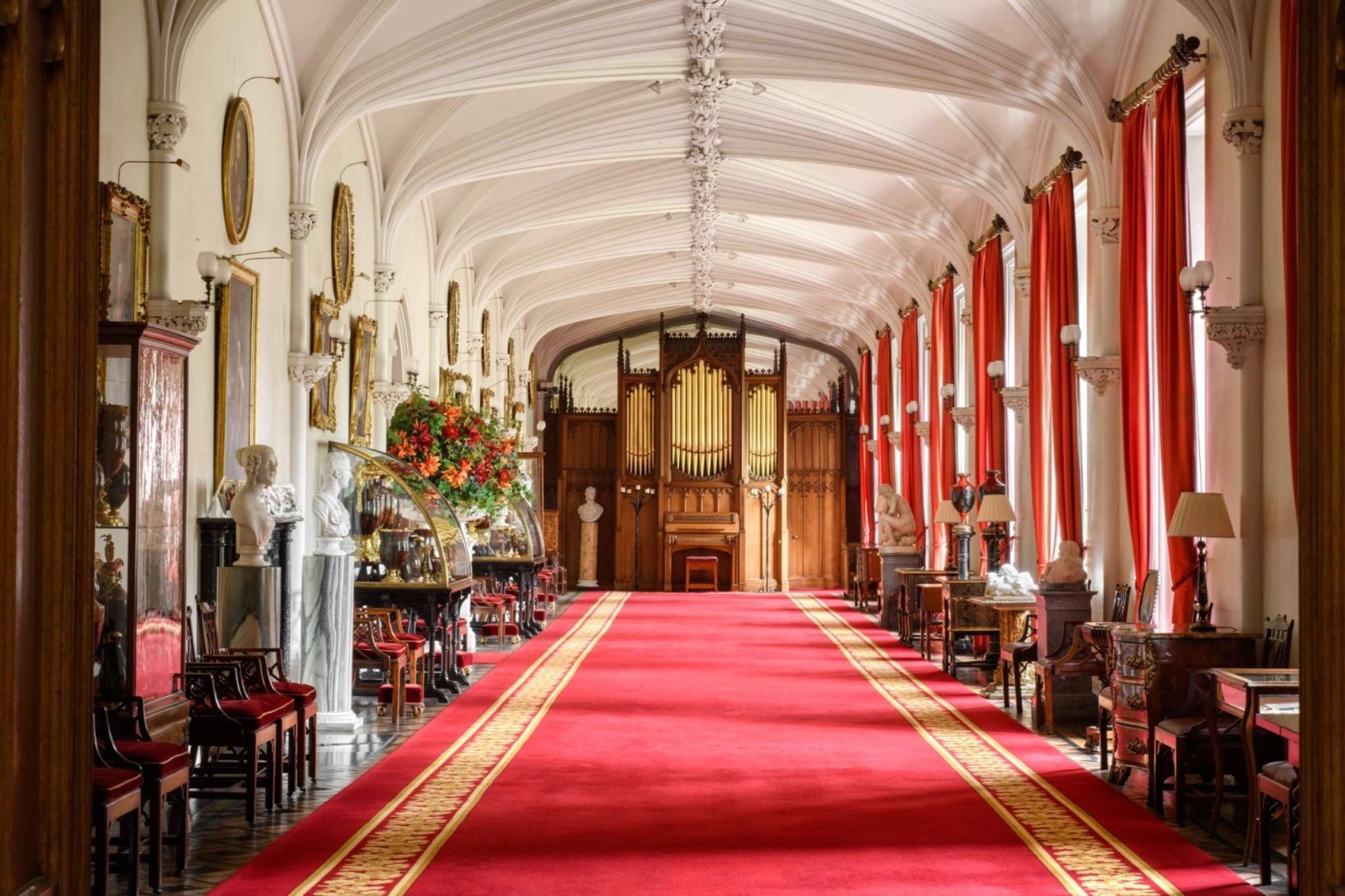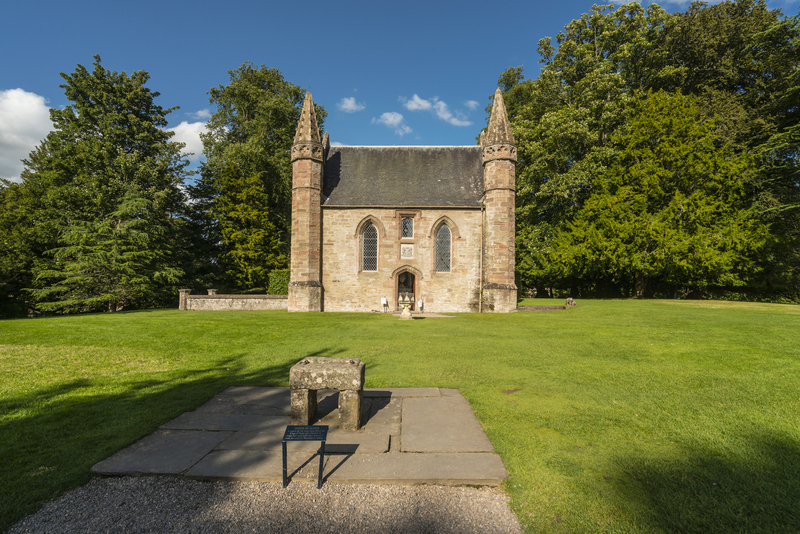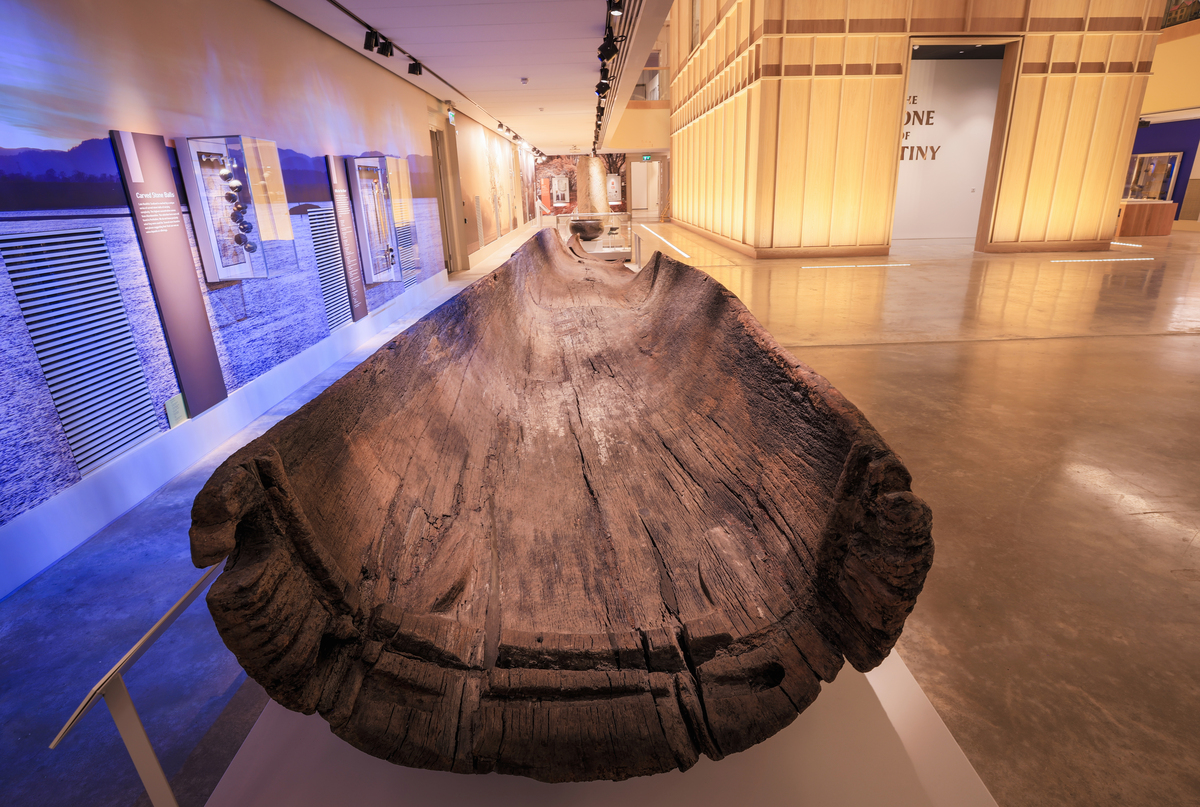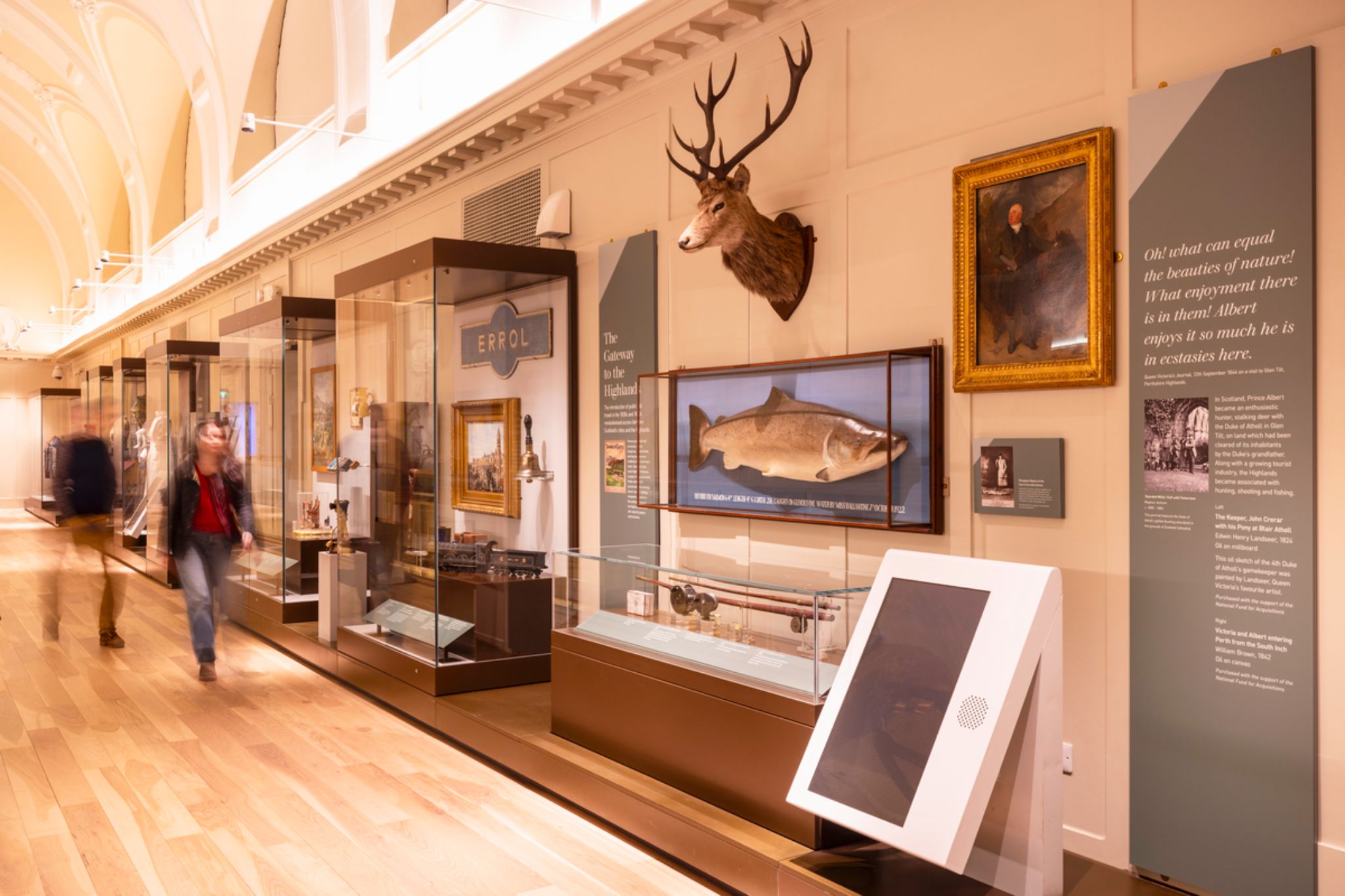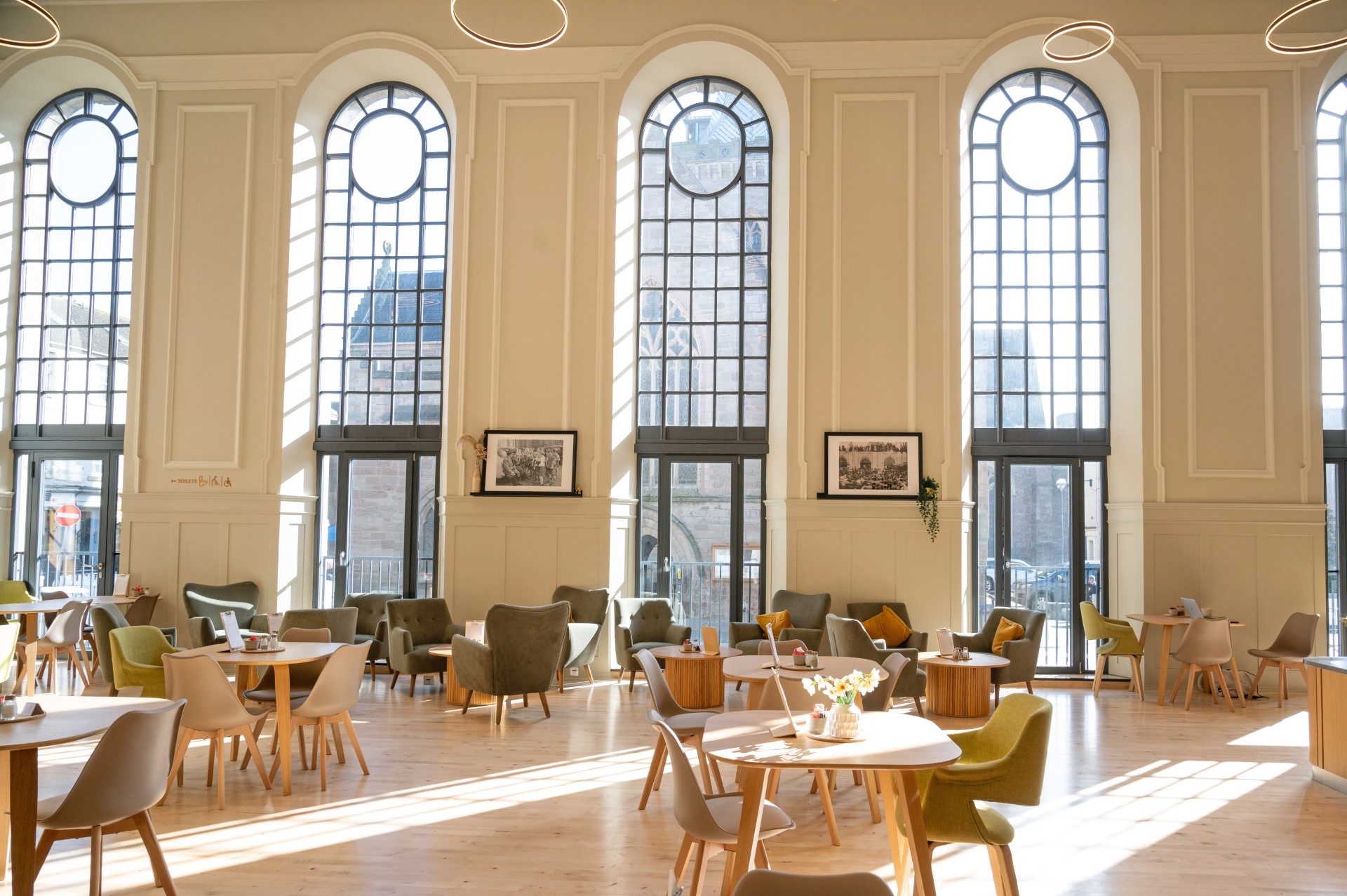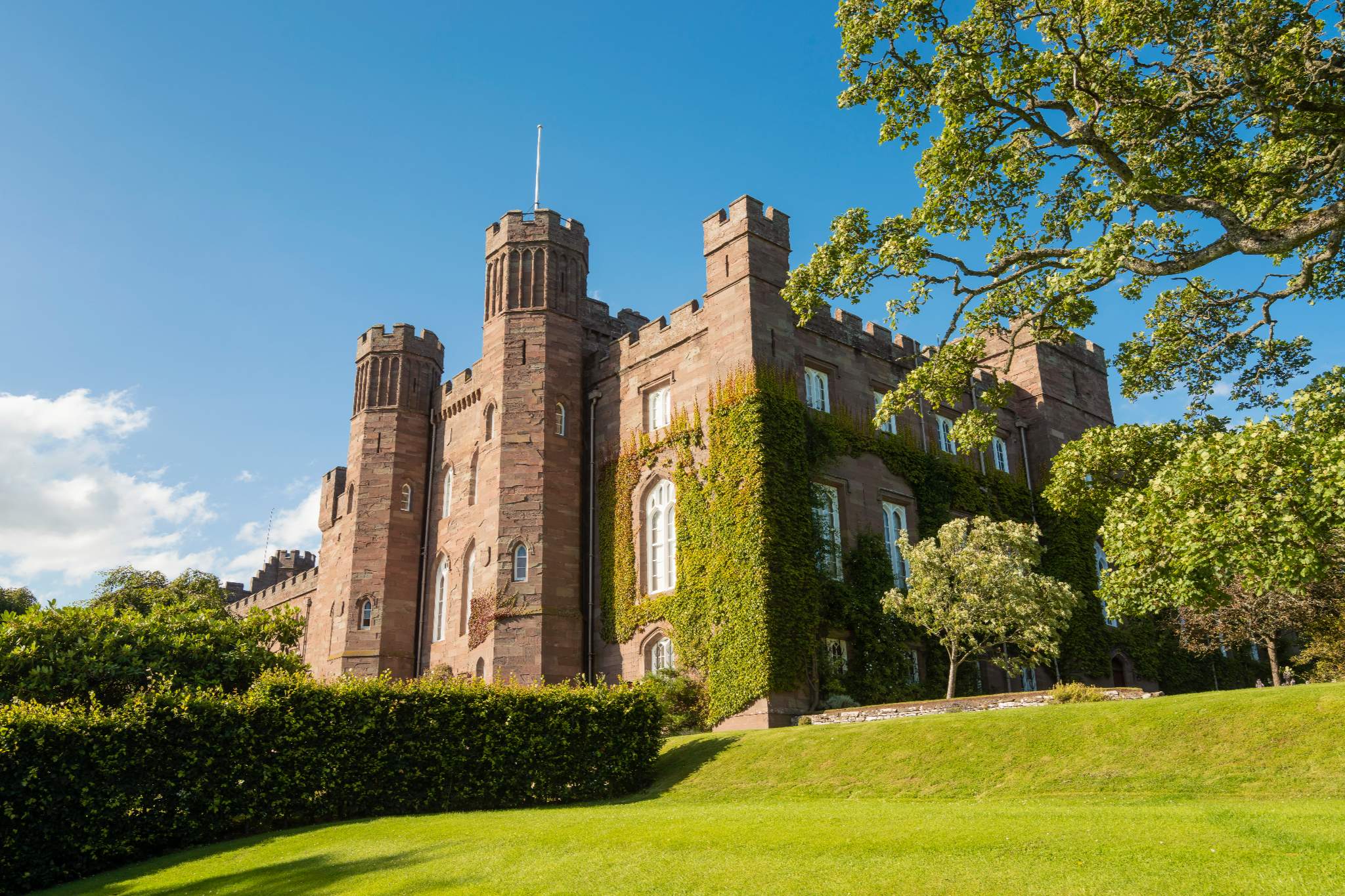
Scone Palace
The stone has this lingering reputation without anyone really understanding it fully. It has this international mystique. It's hard for us modern people to understand how this lump of rock can have so much power and significance
Scone Palace has been in William’s family for 400 years and as such he’s perfectly placed to discuss the palace and its important connection to the stone as he takes us on a tour of the palace's sumptuous interior. It was here in around 840 AD that Kenneth MacAlpin, the first King of Scots, chose to make Scone the centre of his kingdom.
My first question is how the stone ended up here and where it came from. The oldest legends traced it to the Holy Land, identifying it as the ‘Jacob’s Stone’ of the Bible. There’s even a colourful myth set in Ireland involving an Ancient Egyptian princess. However, geological research suggests that it was mined locally to Scone sometime after the 12th century. So why was it deemed such an important part of our coronation ceremony? According to William:
“The stone has this lingering reputation without anyone really understanding it fully. It has this international mystique. It's hard for us modern people to understand how this lump of rock can have so much power and significance.”
The most convincing theory, he explains, is that Scone was a place for gathering and decision making for a very long time and held great importance to many different pre-Christian groups. And so, melding together ancient Pictish and Gaelic traditions, Kenneth made the stone part of the inauguration ceremony at Scone, giving legitimacy to what was then the young, fledgling realm of Scotland.
Here it was used in the coronations of 42 Scottish Kings over four centuries until 1296 when it was seized by Edward I of England (the bad guy in Braveheart) during his infamous invasion of the country. Spellbound by its reputed mystical power, he whisked the stone back to Westminster Abbey.
It remained at Scone until its daring recapture by an intrepid group of Scottish students in 1950. Over the following decades, it moved back and forth across the Anglo-Scots border before coming to rest at Edinburgh Castle.

